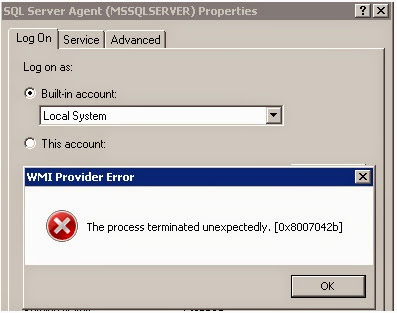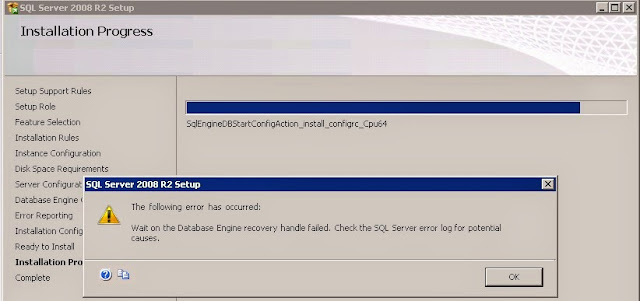############# Print on Console #############################
write-host 'hello world.. welcome to powershell !!!'
##################### Datatypes ###########################
[int]$i = 10234234
[long]$l = 103243423423423
[decimal]$d = 33.42
[char]$c = "A"
[string]$s = "Kalyan"
$domains = @("hyddomain", "usdomain", "ukdomain", "chinadomain")
write-host "Integer Value is :" $i
write-host "Long Value is :" $l
write-host "Decimal Value is :" $d
write-host "Character Value is :" $c
write-host "String Value is :" $s
write-host "Array Values are :" $domains
write-host "Array Length is :" $domains.count
$l = 2 * 44 /2 *145 -33
write-host "Long value in calculation is :" $l
write-host 'hello world.. welcome to powershell !!!'
##################### Datatypes ###########################
[int]$i = 10234234
[long]$l = 103243423423423
[decimal]$d = 33.42
[char]$c = "A"
[string]$s = "Kalyan"
$domains = @("hyddomain", "usdomain", "ukdomain", "chinadomain")
write-host "Integer Value is :" $i
write-host "Long Value is :" $l
write-host "Decimal Value is :" $d
write-host "Character Value is :" $c
write-host "String Value is :" $s
write-host "Array Values are :" $domains
write-host "Array Length is :" $domains.count
$l = 2 * 44 /2 *145 -33
write-host "Long value in calculation is :" $l

